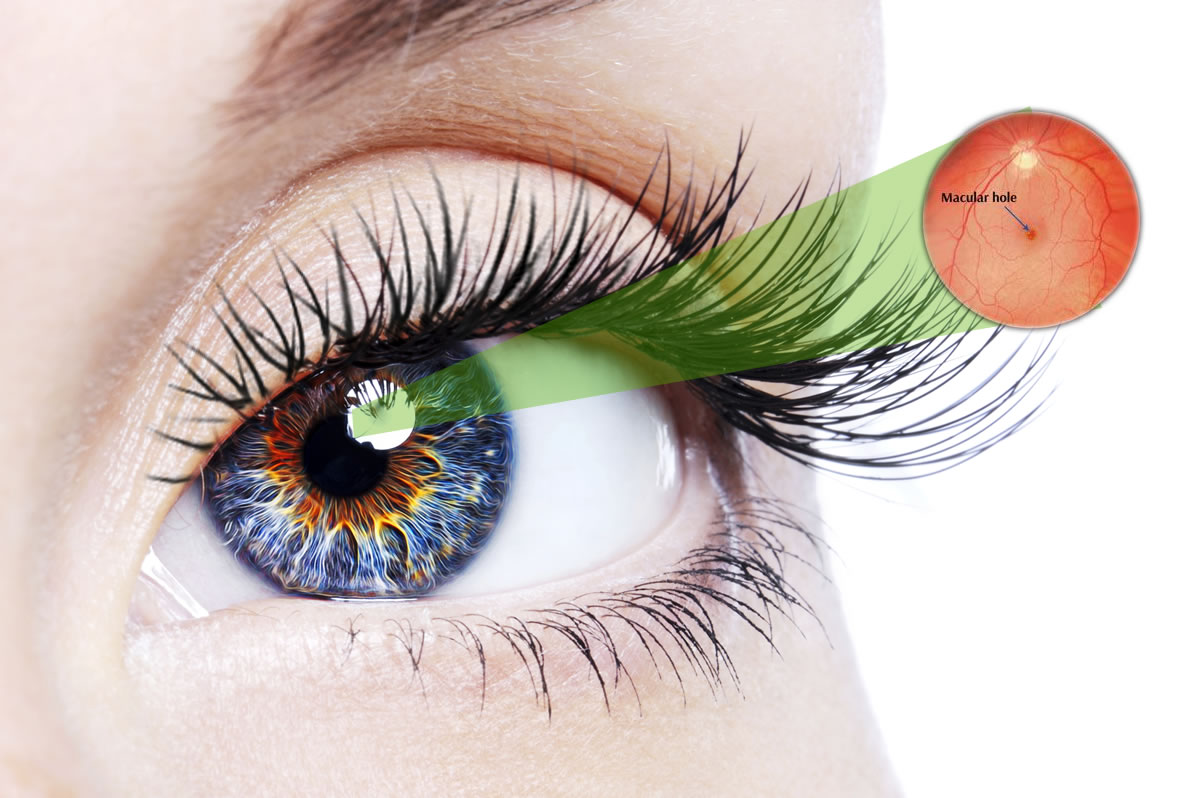Great Falls Residents: Your Guide to Recovering from Macular Hole Surgery
Helping patients restore the bright, center vision required for reading, driving, daily living, macular hole surgery can be a life-changing treatment. Nevertheless, the best outcomes depend much on the recuperation period, much as in the operation itself. Access to local care and the correct tools helps Great Falls, MT citizens to have a more successful and easier path.
This guide will lead you through what to expect, how to safeguard your eyes, and how to progressively track your healing process whether you are getting ready for surgery or just beginning your recuperation.
Knowledge of Macular Hole Surgery
A macular hole is a little defect in the macula, the area of your retina in charge of crisp, center vision. It might create distorted or foggy vision over time. Luckily, vitrectomy surgery is a very successful macular hole treatment Great Falls procedure available to patients under qualified doctors.
The vitreous gel is removed from the eye and replaced with a gas bubble during surgery, therefore flattening and healing the retina. Usually a outpatient surgery recovery procedure, this means you get home the same day.
Early Recovery: What Should One Expect at Home
You start your rehabilitation the moment you leave the Great Falls retina center. The first few days are the most sensitive; thus, your outcomes will be much affected by how you treat your eyes throughout this period.
Top advice for early healing
- Stay to your eye drop routine to lower irritation and stop infection
- Control pain by using recommended analgesics.
- Limit your time in front of strong lighting.
- The Part of your eye protection after surgery strategy should include wearing sunglasses outside.
- Steer clear of bending over or hard lifting.
The Value of Face-Down Positioning
One unusual aspect of macular hole surgery recuperation is the need for face-down orientation. This keeps the gas bubble in touch with the macula for correct healing.
For comfort during this period, many Great Falls patients discover face-down recovery aids include massage tables, padded face cradles, or rented chairs. Ask your retina care physician or surgeon for advice on local sources of these.
Vision Changes in Great Falls Patients: What’s Normal?
Expect vision changes in Great Falls patients to vary. You may feel:
- Blurred or distorted vision
- Floating spots or light sensitivity
- Slow visual improvement
Even if your final result can take weeks or even months to arrive, each progress advances you. Track your post-op vision milestones and, should you have questions, keep in regular contact with your doctor.
Managing Eye Strain During Healing
It’s normal to feel some eye strain during healing, particularly while reading or focusing on screens. These are some vision recovery tips to aid:
- Keep your eyes moist with artificial tears
- Take regular rests when viewing screens
- Use bigger fonts or magnifiers as needed.
- Healing takes time, hence avoid forcing your eyes to change rapidly.
Great Falls: Your Local Support System
One absolutely needs access to continuous care. Your Great Falls retina center can schedule follow-up visits, track recovery, and modify your course of therapy as necessary. They could also provide recommendations for visual rehabilitation or further direction for long-term care.
Tracking Development: Timeline and Milestone Recovery
While most patients may resume mild daily activities within one to two weeks, depending on the degree of the macular hole full visual recovery can take up to six months.
Here’s a broad milestone guide:
- Week 1–2: Eye shield use, face-down positioning, blurry vision
- Week 3–4: Start to see improvement, reduced need for aids
- Month 2–3: Vision gradually stabilizes
- Month 4–6: Final visual outcome becomes clearer
Your specialist will assist you in assessing your healing capacity depending on your particular circumstances and development.
Final Thoughts: Healing Confidently in Great Falls
Although recovering after macular hole surgery is not always simple, it is quite controllable with the correct equipment, professional advice, and continuous treatment. From utilizing face-down recovery aids to following your eye drop routine, every little effort adds to long-lasting change.
Whether you are just starting your road or are far into your recovery, rely on your care team, track your post-op vision milestones, and acknowledge every step toward better sight.
Maintaining contact with your Great Falls retina center — your partners in recovery and hope — will help to provide the greatest results. Set an Appointment








Leave a Reply
Want to join the discussion?Feel free to contribute!